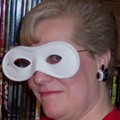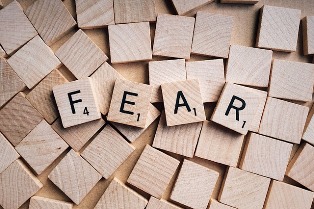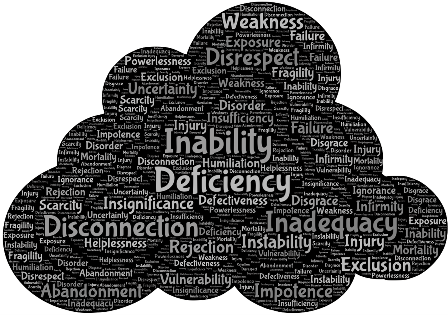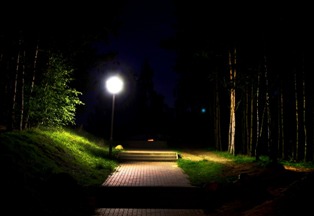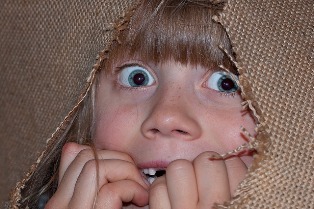Dark Love for Richer Stories
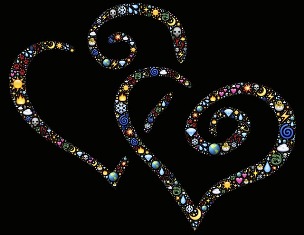
Today is February 12. This is the week of Valentine’s Day. This is the week when everyone speaks about love. People reach for cards, chocolates, flowers, rings, poetry, romance novels, special dinners – everything geared toward Love and the romantic incarnations. Even certain “shades of colorless color” in books and movies, speak of and pretend to be about love and happily ever after. This is the week to find the sweet, saccharine, romance that speaks of the heart’s depth. This is when some part of everyone wants to be told they are liked or loved. Me, too.
I’m not talking about that kind of love.
I want to help you look beyond the sappy stuff and into the dark. Let me be clear first: I am NOT speaking about abuse and violence when I say “dark.” Sexual abuse (mental, emotional or physical) in ANY form is NOT love and I am not going to argue that it might be, could be, should be, may be, or any being of love ever. Ever.
No, I want to speak about the other sides of love that may not be twisty, but is real and dark and exists beside the hope and light. This is love without hope, love without return, love no one knows about, love without like, loving without being “in love.” This is love with greed, love with jealousy, love with expectations, love with exceptions, love with silence. Love with options to be different.

Writing romance is popular. Harlequin novels have a new imprint and are shining again. Indie authors are drawing more readers than ever with their contemporary (and fresh) romances promising “real” endings. Stories about children show love with hope and purpose. And all of these are popular and money-makers. And they are good.
But what about the love that you feel when the glamour is gone, when the lights go out, when the feelings are hurt, when the other stops loving, when hope never existed in the first place? That is real, too. What about the love that never is expressed? And love that begs to be massaged and explained? Like the romantic poet Pablo Neruda said:
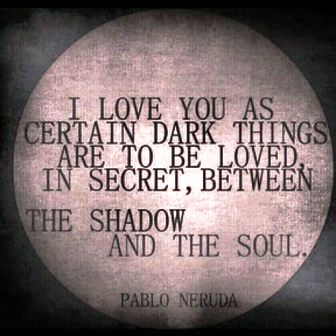
Show me the love remaining after death. Show me love born by jealousy and going strong after defeat. Show me love for the woman who took all the money and left, but loved him/her anyway. Give me the pain that is love. Make me cry for want of darkness where love waits when I know there is none for me but I want to be where it is anyway.
Love has darkness beyond pain and death, or loss of hope. Love has weakness that becomes strength. Love has worshippers that take being forgotten and make a memory that becomes immortal. Love is diverse and complex. Love is changeable and malleable. Love is exceptional and rare. It doesn’t have to be the savior of the story. Love can be a monster that we want. Love is stars but also black holes. Love is depth and also shallow and made potent in the shallows.
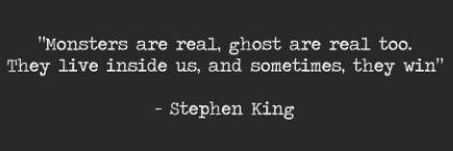
A good love story reaches for new definitions. The same-ol’-same-ol’ will sell books, yes. But the writers who give us new ways to dream of, live with, or die for love will be most remembered. I mean, don’t be the rose, be the thorn. Don’t strive for pain but understand the blood. It isn’t what dies but what remains. I hope you see what I’m saying.
Because Frankly, Scarlett, we do give a damn. Just not for what has “always been.” Because tomorrow IS another day and we can remake it to be more to our liking. Love without expectation and fulfillment. Love without apology or excuses. Love without like or ego. Love with greed but not hurtful. Love with envy but not destructive. Experiment. Love doesn’t’ need to cry and neither does it need to smile. Love can be jealous and still be good. Love can do endless things.

Take the boy or girl who fell in love and love was returned and then moved away. Not died, just gone. Slowly to be replaced by reality. Find love in the dark room of the paralyzed soul who can no longer express the love but hopes to, despite the odds, walk, but maybe not to be married, and maybe never gets to. Still, love lives.
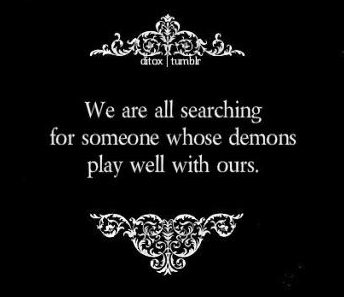
I like the darker side of love, the one where fear keeps the light off, where shining a light might break the spell, or prevent one. I believe that love has a tremulous side that bleeds in the dark, that cries in the light, that lives without like, and that cries because it is happy not to have to forgive again.
Just because this week you hope to receive something beautiful or yummy, does not mean you should forget that love, glorious love, can be dark and inglorious, strong when it is weakest, scary when it is light. And lovely in the shadows. Don’t be afraid to redefine happily ever after into never ever.
Try some speculative fiction, a ghost story, something irreverent, a supernatural thriller, a true life mystery (without a resolution). Remember “dark” does not have be twisted or perverse. Dark can be simply unusual and unexpected with a creepy twist. Try erotica with something atypical. Or try a fairytale where the frog never gets to be a prince and goes without a “princess.” Can there still be love? Can it be a kind yet undefined? Why not? Maybe the twist is being in love with freedom from love.
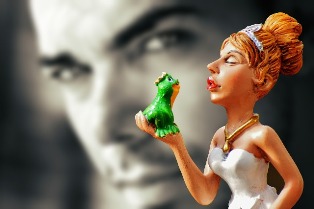
See love in new ways and learn to write about it with darker daring, without stereotypes and without fear. Find love in the dark by turning on the light and staring deep into its eyes. You might fall in love all over again with new truths. And it will make your dark chocolates taste even richer. Look into the abyss and dance with shadows. Fall in love for no reason. Then walk away.
Like different percentages of dark chocolates, so there are levels for darkness in love. Try some! And just for you, I’ll turn out the light.
Happy Valentine’s Day all you daring lovers.
I remain, yours between the lines,
Sherry















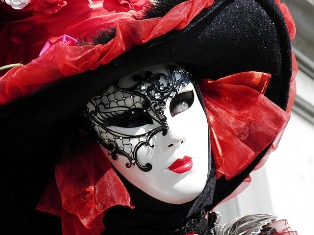 Much of who we are comes from how we humans design identities to our bodies. And beyond sexuality (a discussion for another day), much emphasis is placed on our various body parts but most of our identification comes from our faces. Our face is our “self.” Age and biological features such as “you look just like your Mom,” are often obvious ways we mark our identities. Other symbolic identities like our social identity and status require our face in order to express or alter our identities. How is this done? By adding or subtracting something like cosmetics, costumes, hairstyles or masks. Or a combination of all of those. Our masks therefore, are important.
Much of who we are comes from how we humans design identities to our bodies. And beyond sexuality (a discussion for another day), much emphasis is placed on our various body parts but most of our identification comes from our faces. Our face is our “self.” Age and biological features such as “you look just like your Mom,” are often obvious ways we mark our identities. Other symbolic identities like our social identity and status require our face in order to express or alter our identities. How is this done? By adding or subtracting something like cosmetics, costumes, hairstyles or masks. Or a combination of all of those. Our masks therefore, are important.
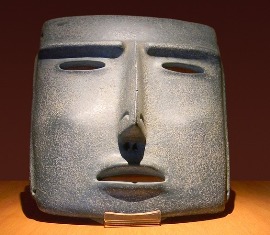
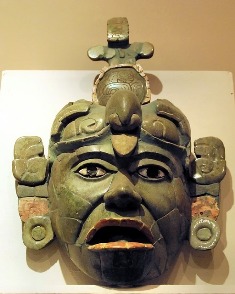
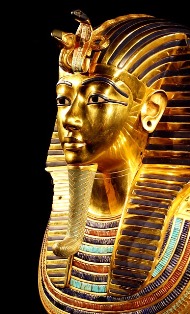 The early Christian Church took a dim view of masking and suppressed it whenever possible. This was partly due to masks’ association with pagan rites, and partly because of the immoral behavior that was often released through the anonymity afforded by the mask. However, the Church’s efforts at suppression were not entirely successful. In rural Europe, masking customs survived as Carnival and Mardi Gras; with the rise of the Commedia del’ Arte during the Renaissance, and the subsequent popularity of secular theater, masking firmly established itself in European traditions.
The early Christian Church took a dim view of masking and suppressed it whenever possible. This was partly due to masks’ association with pagan rites, and partly because of the immoral behavior that was often released through the anonymity afforded by the mask. However, the Church’s efforts at suppression were not entirely successful. In rural Europe, masking customs survived as Carnival and Mardi Gras; with the rise of the Commedia del’ Arte during the Renaissance, and the subsequent popularity of secular theater, masking firmly established itself in European traditions.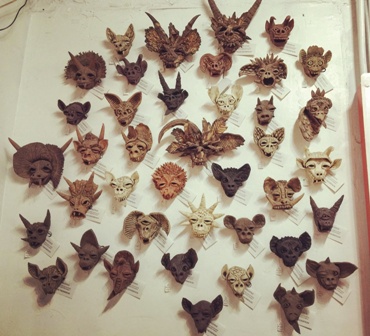 Arizona
Arizona


